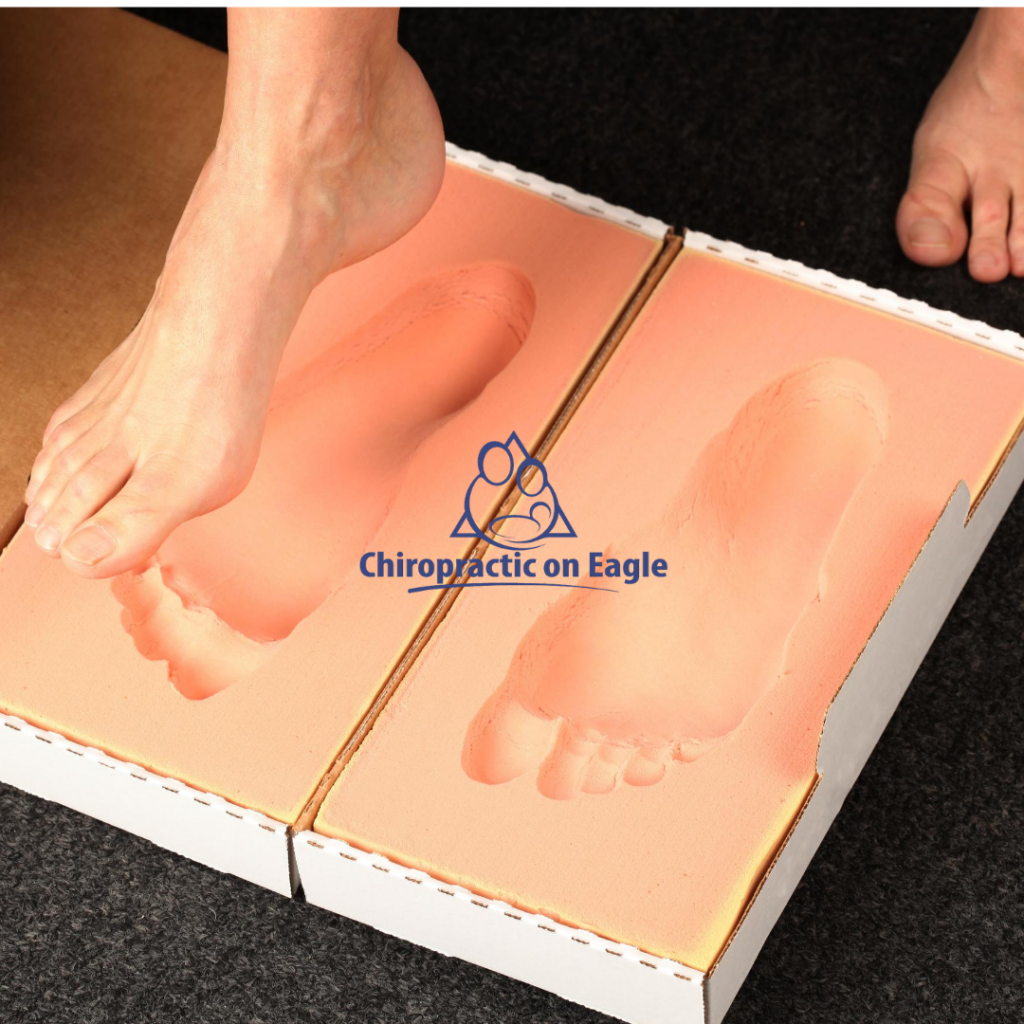Do I need orthotics?

Orthotics?
The quick answer – not unless you have an indication for them. I often err on the side of conservative and generally do not recommend orthotics for those who are not active, sit most of the day, and have no problems with pain in their feet, knees, hips or low back. However, if you fall into the category of being on your feet a lot and engage in active living, then, if orthotics are indicated (based on an examination of your feet and gait), they could be a worthwhile investment in your health. For me personally, I am on my feet all day and couldn’t survive without orthotics – although I do have flat feet, which my wife calls flippers, so for me, they are indicated and necessary due to my lifestyle.
The use of orthotics is often indicated in patients with abnormal lower limb alignment and biomechanics, particularly of the feet, which subsequently can lead to ankle, knee, hip and spinal pain. I also will sometimes recommend orthotics to patients who have trouble “holding” their adjustments – this usually helps tremendously to help maintain spinal alignment.
So how do you know if you are a candidate for orthotics? Aside from looking at your lifestyle and “hours-on-feet” during the day, the first thing to figure out is what is your foot posture?
There are 3 main foot postures:
1. NEUTRAL – normal foot
2. PRONATOR – flat foot
3. SUPINATOR – high arch foot
Having your feet assessed during standing and walking by an experienced chiropractor or podiatrist is the best way to determine your foot type. A simple test to determine your foot type is the ‘wet-foot’ test. While this is in no way a technical way of determining your foot posture, it does give you an indication if there may be a problem that warrants further investigation. After stepping out of the bath or having a shower, with your feet still wet, step onto a dry surface and have a look at your wet foot print. If your foot print does not have a C-curve on the inner aspect you are likely to be a PRONATOR (flat foot). If you have a very prominent C-curve on the inner aspect of the foot print, you are likely to be a SUPINATOR (high arch) and if it’s somewhere in between you’re likely to have a NEUTRAL (normal foot). Another easy and non-technical way to see if you may be a candidate for custom orthotics is to look at the wear pattern on the soles of your favourite shoes.
So, what does your foot print look like?
If your foot posture (print) is less than ideal, you could have reduced shock absorption capacity which undoubtedly increases forces up through your legs and spine, resulting in various health problems and pain. Finally, in our Newmarket chiropractic office we see orthotics help improve patients posture and alignment, the very thing we are helping patients improve – we can all use a little help from time to time – orthotics may be just what the doctor ordered, if indicated of course.
Be Well,

Chiropractic on Eagle
2:30 – 6:00 PMTuesday 7:30 – 10:45 AM
2:30 – 5:30 PMWednesday 2:30 – 6:00 PMThursday 7:30 – 10:45 AM
2:30 – 5:30 PMFriday ClosedSaturday ClosedSunday Closed
